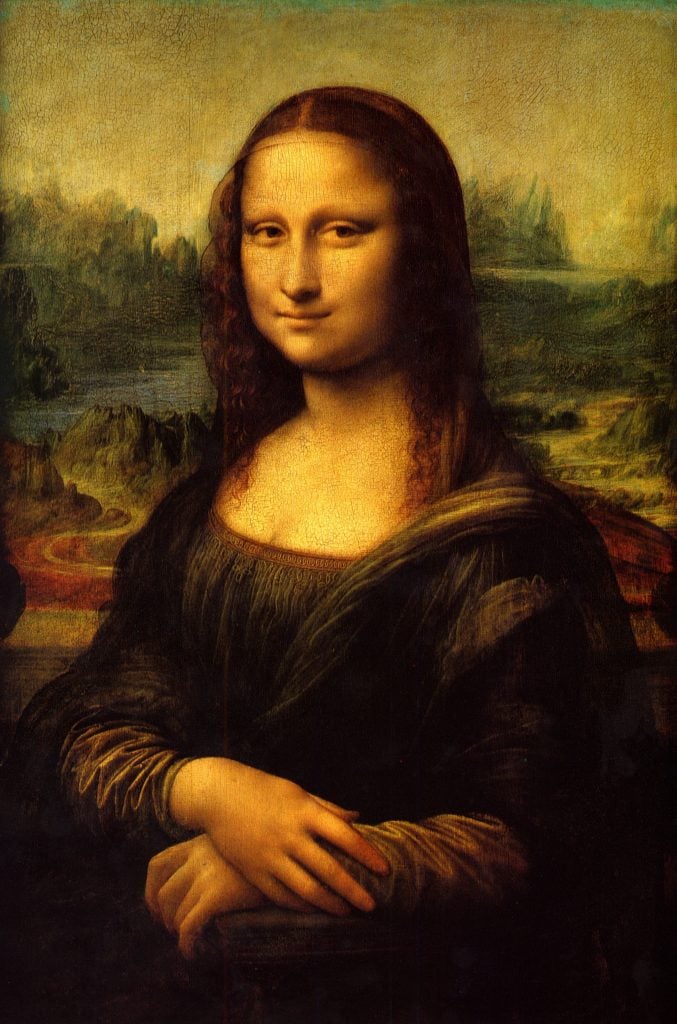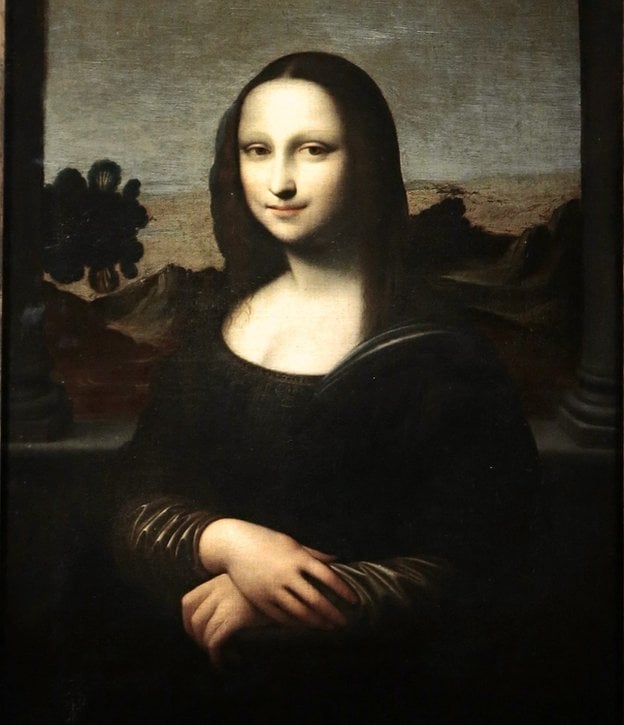Art World
Second Version of Leonardo da Vinci’s ‘Mona Lisa’ Discovered in Private Collection in St. Petersburg
Is the "Russian Mona Lisa" legitimate?

Is the "Russian Mona Lisa" legitimate?

Amah-Rose Abrams

The stream of news and discoveries about Leonardo da Vinci’s Mona Lisa are seemingly never ending. In a shocking twist, it’s now been reported that a second version of the iconic portrait might have been discovered in a private collection in St. Petersburg.
Experts are now analyzing the artwork in order to establish whether it is a genuine work by Leonardo da Vinci or simply one of the many convincing replicas in existence around the world. The research is being coordinated by Italian expert Silvano Vinceti, who claims there’s already sufficient evidence to suggest the painting could be genuine.
To the untrained eye, this “second version” or “new Mona Lisa” looks strikingly similar to the world-famous painting that hangs in the Louvre. The work is framed by two columns, which do not appear in the original work but are featured in a genuine study for the painting and copies such as the Prado Mona Lisa, the Daily Mail reports.
“There are many indicators pointing to the Tuscan artistic genius,” Vinceti told ANSA. “But of course it’s only a hypothesis.”

Apprentice of Leonardo da Vinci, Mona Lisa (ca. 1503–16). Courtesy of the
Museo del Prado.
The research team has used a newly developed software created by leading da Vinci expert Carlo Pedretti to analyze the painting. Pedretti initially developed the program to gain a deeper understanding of the original artwork, displayed in Paris. But, after applying it also to the Russian-owned painting, he thinks that it could indeed be the work of the Renaissance master.
“When comparing the preparatory study from the Louvre and the Russian painting, the overlap between the two was clear to see,” Pedretti told the Daily Mail. “[It’s clear from] the columns, present in the Russian painting and in the preparatory study, but also in the perfect resemblance between the upper lip in the preparatory study, the Russian painting, and the Mona Lisa in the Louvre,” he explained.
Crucially, top da Vinci restorer Paulo De Serra also thinks the work could well be by the revered genius, or one of his pupils. A paint analysis will allow the team to date the painting, which could provide more conclusive evidence as to its authenticity.

The Isleworth Mona Lisa, possibly a second version of the painting, also by Leonardo da Vinci, is thought to be a portrait of the same subject at a younger age. Courtesy of the Mona Lisa Foundation.
This is just the latest in a number of stories which have recently emerged about the most famous painting in the world. This time last year, a younger version of the painting appeared in Singapore. Also, a theory suggesting the painting might be a portrait of the artist’s mother, who might in fact have been a Chinese slave also made headlines. More recently, scientists revealed the secret behind the sitter’s famous smile.